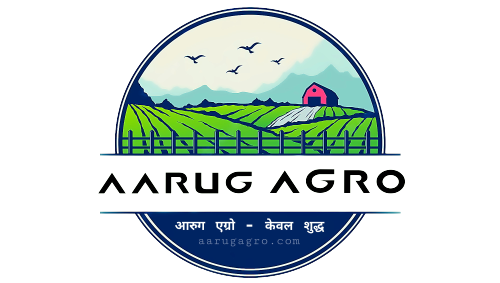Introduction: Composite fish culture, a sustainable and innovative approach to aquaculture, involves the cultivation of multiple fish species together in a single pond. This method maximizes the efficient use of resources and contributes to higher yields. In this guide, we will delve into the key aspects of composite fish culture, including its benefits, species selection, pond preparation, stocking, management techniques, and potential challenges.
Benefits of Composite Fish Culture
Composite fish culture offers a plethora of advantages that make it a popular choice among fish farmers:
- Enhanced Resource Utilization: By combining fish species with different ecological preferences, the utilization of different feeding niches and habitats is optimized, leading to efficient resource utilization.
- Reduced Disease Risk: Mixing various fish species helps reduce the risk of disease outbreaks. The presence of multiple species makes it difficult for a single disease to spread rapidly.
- Improved Nutrient Cycling: Different fish species have varying diets and feeding behaviors. This leads to effective nutrient cycling within the pond ecosystem, as the waste produced by one species can serve as feed for another.
- Higher Production Yield: Composite fish culture allows for the utilization of the entire water column, enabling higher stocking densities and overall production yield.
Species Selection
When selecting fish species for composite culture, consider the following factors:
- Complementary Feeding Habits: Choose species with diverse feeding habits to ensure efficient use of feed resources and minimize competition.
- Size Compatibility: Opt for species with similar growth rates and sizes to prevent one species from outcompeting others.
- Environmental Adaptability: Select species that are well-suited to the local climatic and water conditions.
- Market Demand: Prioritize species that have a high demand in the market to ensure profitable returns.
Pond Preparation
Proper pond preparation is crucial for the success of composite fish culture:
- Liming and Fertilization: Lime the pond to adjust pH levels, and fertilize to encourage the growth of natural food organisms, which serve as supplementary feed.
- Water Quality Management: Ensure good water quality by monitoring parameters like dissolved oxygen, temperature, and pH.
- Structural Considerations: Create zones of varying water depths in the pond to accommodate different species’ preferences for feeding and shelter.
Stocking and Management Techniques
The stocking phase requires careful planning and management:
- Stocking Density: Determine appropriate stocking densities based on the species’ growth rates and pond size.
- Feeding Strategies: Implement a feeding regimen that caters to the dietary requirements of each species. Supplement with commercial feed if necessary.
- Regular Monitoring: Conduct routine checks on water quality, fish health, and growth rates to ensure optimal conditions.
Potential Challenges and Mitigation
Composite fish culture may encounter certain challenges:
- Aggressive Species: Aggressive behavior can lead to stress and reduced growth in some species. Separate aggressive individuals if necessary.
- Disease Management: Although the risk of disease outbreak is lower, regular health checks and proper nutrition are essential to prevent any potential issues.
- Overcrowding: Excessive stocking can lead to competition for resources and stunted growth. Regular thinning of stock may be required.
Conclusion
Composite fish culture is a holistic approach that combines different fish species for improved resource utilization, disease mitigation, and higher yields. By carefully selecting species, preparing the pond adequately, and employing effective stocking and management techniques, fish farmers can reap the benefits of this innovative method. As the aquaculture industry continues to evolve, composite fish culture stands as a sustainable solution to meet the growing demand for high-quality fish protein.


